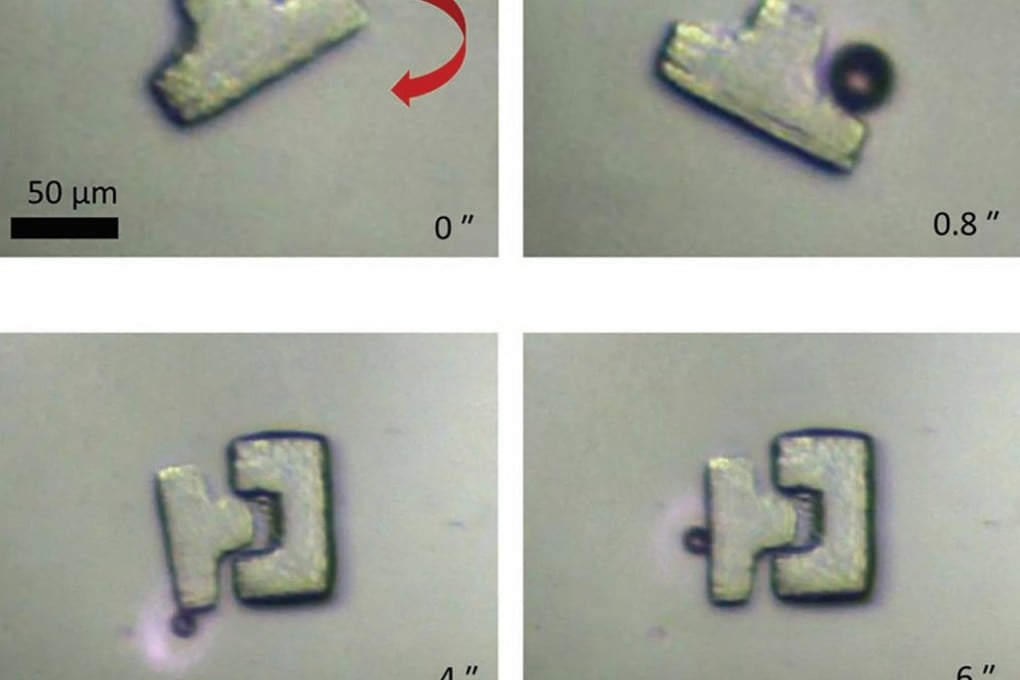China scientists’ bubble breakthrough creates micro ‘robot’ for tiny tasks
- The technology is still in its infancy but could one day make complex processes like cloning easier and more affordable

The intricate work of modifying cells in a laboratory may become easier – and more affordable – thanks to technology developed by a research team in China.
According to a paper published in the scientific journal Small, the team at the State Key Laboratory of Robotics in Shenyang, in the northeast province of Liaoning, has effectively turned a gas bubble in water into a robot which can operate on the tiniest scale with unprecedented accuracy.
The team, led by Dai Liquo, created the bubble bot with a precisely controlled laser beam. The bubble, just a few micrometers wide, was able to perform a wide range of tasks in a water-rich environment, such as fabricating artificial tissue over a test tray or modifying an embryo.
“The micro-bubble robot … can be useful for tissue transplants, regenerative medicine, and biological research,” the researchers said in the paper.
The development aims to address the challenge of handling extremely small objects in the laboratory, which is usually accomplished with a needle, handled by technicians with years of training, working for long hours under a microscope.
Even in the most experienced hands, samples are often damaged in the process. The lack of efficient tools is one of the reasons growing artificial tissue and cloning remains slow, expensive and prone to failure. Typically, fewer than 10 per cent of cloned organisms survive.